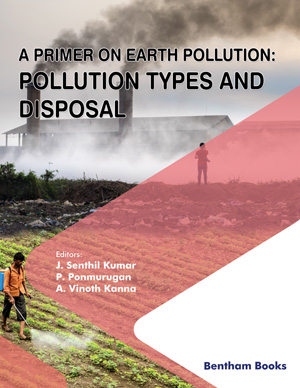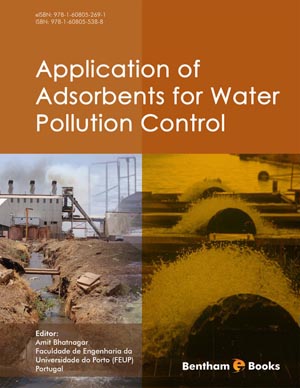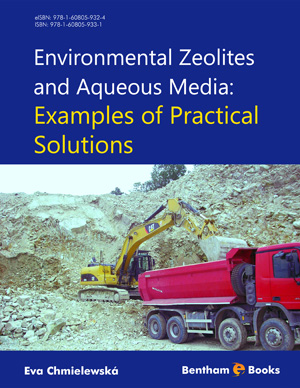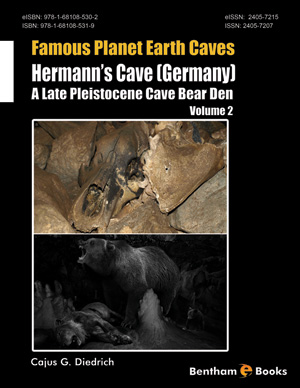Abstract
This review article highlights the characteristic features of adsorption and ion exchange materials for environmental cleanup processes, especially for water purification, with an emphasis on the recent developments in this field, particularly in synthesis and manufacturing of the advanced cost-effective organic-inorganic (hybridized) zeolite-based adsorbents. An organic-inorganic composite adsorbent termed as a hybrid material too, may be defined hereto as a combination of a polymerous substance immobilized onto surface of the inorganic e.g., zeolite carrier to avail advantages of both zeolitic and polymerous constituents as well. Accordingly, hybridization can be used to modify organic or inorganic materials and hybrids should therefore be considered as the new generation of composites that may encompass a wide variety of applications. The conversion of inorganic ion exchange materials into hybrid fibrous or nanoscale ion exchangers is considered to be the latest development of this discipline. These nanomaterials are drawing a great attention as they exhibit a high efficiency and rate of sorption with short diffusion path towards environmental pollutants. Advances in nanoscale science and engineering are providing unprecedented opportunities to develop more cost effective and environmentally acceptable water purification processes, respectively. For the water purification, besides the metalcontaining nanoparticles, carbonaceous materials and dendrimers, also the zeolites are being evaluated as the most progressive functional and nanosized materials of the millennium. A progress in marketing natural zeolites is encouraging, given that natural zeolites are being considered to be a commodity of great potential since the industry´s beginning in the late 1960s. Zeolite unique market position is progressing by continued development of their ion exchange and adsorption properties and especially through their surface treatment. The zeolite crystal structure is unique, in contrast to silica gel or traditional activated carbon adsorbents, in uniform pores distribution. This distribution limits the filling of zeolite micropores volume on the basis of the relative sizes of adsorbates and their states of solvation inside and outside the zeolite. Mesoporous organosilica (MOS) by which the structural characteristics arise from the used surfactant micelles and the final framework is usually amorphous, have attracted lately a great interest in analytical and preparative chromatography and organic pollutants removal, too. In spite of many progressive characteristics of recent MOS, regarding to zeolite, this potential adsorbent does not pose a shape selectivity, such as that found in the molecular sieving effect of crystalline zeolite, is hydrothermal instable, fragile and currently for massive technical applications still too expensive. A laboratory set-up was used also to examine the uptake of mono- and polyatomic single or mostly double charged anions like chromate, arsenate, nitrate, sulfate, phosphate, halogenides and some organic substances like azodyes (acid red, indigo carmine) and phenol from aqueous model solutions by the octadecylammonium (hereafter ODA) modified, carbonized or alginate pelletized clinoptilolites. The adsorption isotherms of the systems studied are usually expressed and mathematically fitted according to the adsorption isotherm models of Freundlich, Langmuir, Brunauer-Emmet-Teller. Removal efficiencies of the surface functionalized clinoptilolites towards above water pollutants are compared and evaluated with the other low-cost natural or commercial adsorbents, like activated charcoal, pyrolysis char, lignite and expanded perlite, respectively.
Keywords: Water treatment, adsorption, ion exchange, indigo carmin, acid red, clinoptilolite, carbonized clinoptilolite, shungite, TEM analysis, SEM analysis, Langmuir, Freundlich, BET isotherm, phenol, phosphate, nitrate, halogenide, sulphate, Fe alginate/zeolite, hydrophobized ODA - zeolite, Slovakite, active charcoal, lignite, perlite.












